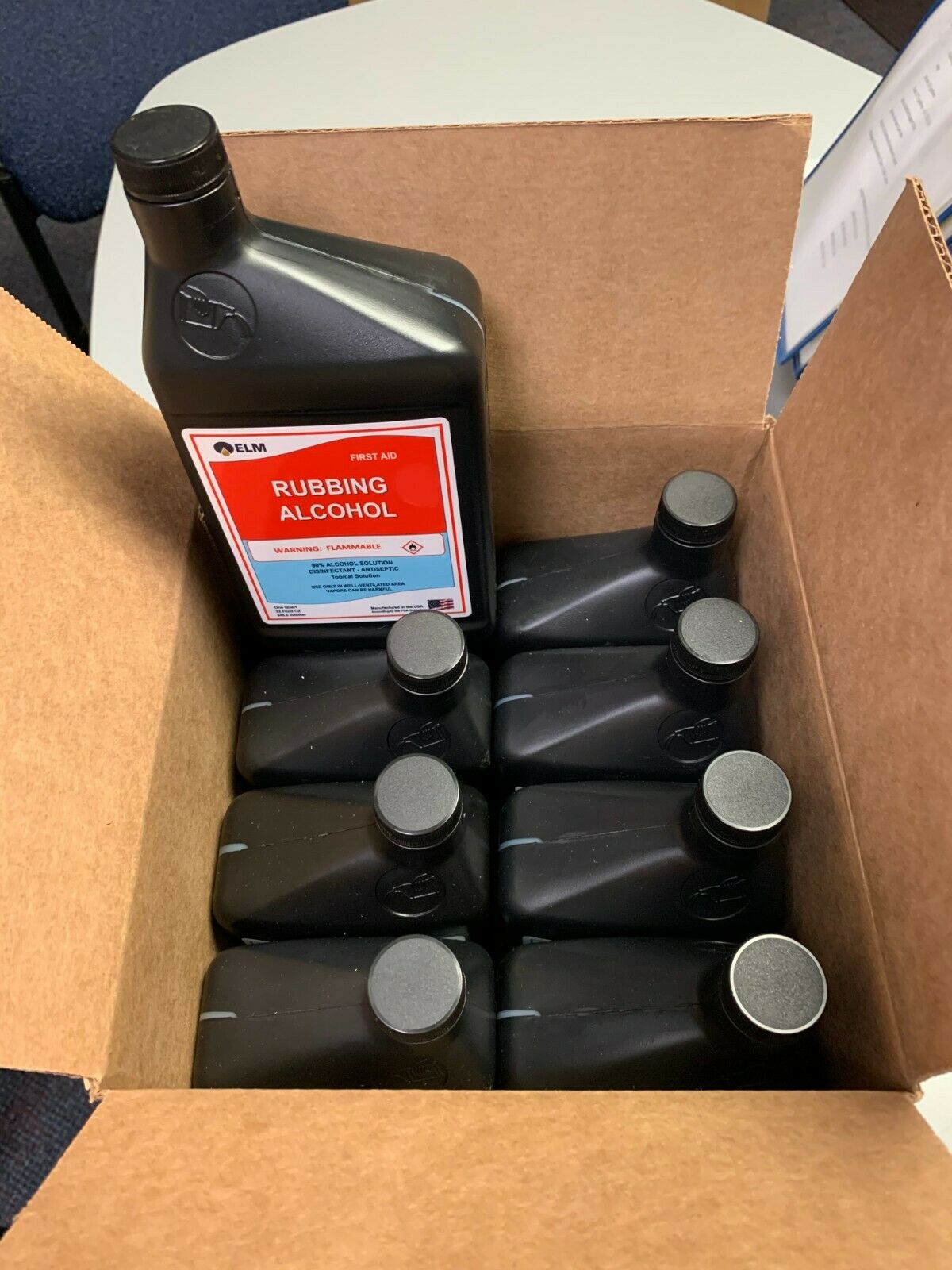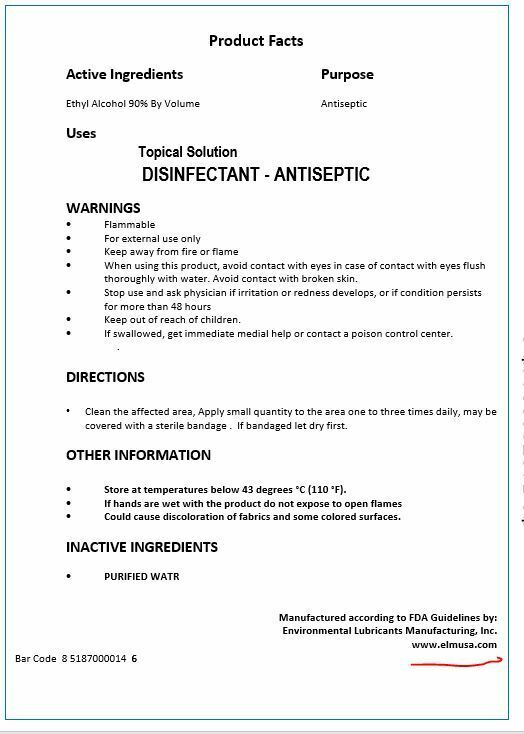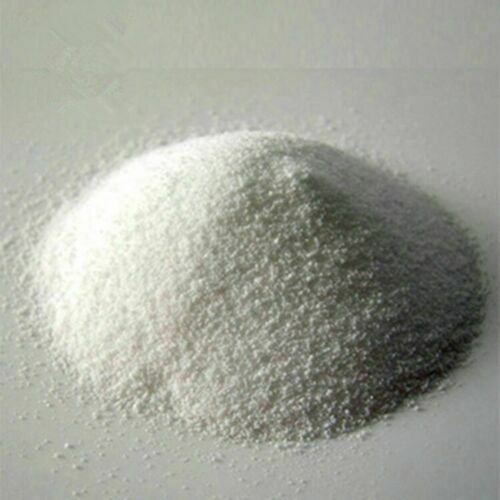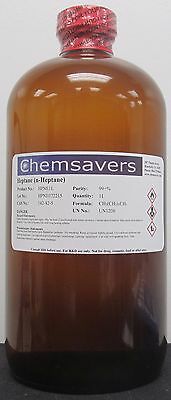-40%
2-Gallons Rubbing Alcohol, Sterilizer Sanitizer from Manufacturer: FREE SHIPPING
$ 25.86
- Description
- Size Guide
Description
We are offering Rubbing Alcohol in support of the public health. The product is manufactured according to the FDA guidelines by an FDA registered company. It is made of 90% Ethyl Alcohol/denaturant/water and in addition to being a great First Aid product it can be used for sanitizing, disinfecting, and sterilizing utensils,counter-tops
, and numerous other uses. CAUTION: ALCOHOL IS HIGHLY FLAMMABLE AND SHOULD BE KEPT AND USED AWAY FROM OPEN FLAMES AND HEAT SOURCES.
We ship in packages of 8 Quarts (2-Gallons total). Quarts make handling the alcohol easier and safer. Please contact us via eBay for other packages. Ethyl Alcohol is biobased like many of our products.
In-Stock and Ships from Grundy Center, Iowa. PLEASE NOTE:
1
. WE CAN SHIP TO THE LOWER 48 STATES ONLY!
2. WE SHIP BY UPS GROUND DUE TO THE FLAMMABLE NATURE OF THE PRODUCT.
3
. UPS DOES NOT DELIVER TO P.O. BOXES. Please provide a delivery address.
4. WE SHIP WITHIN TWO BUSINESS DAYS - PLEASE BEWARE OF THESE ARE UNUSUAL TIMES FOR SHIPPING PRODUCTS AND DELAYS ARE POSSIBLE.
Frequently Asked Questions about Rubbing Alcohol
1.
What is the difference between Isopropyl alcohol and ethyl alcohol? Isopropyl alcohol is derived from petroleum or more accurately from propene. It is produced by hydrogenating acetone among other methods. Ethyl alcohol is the alcohol found in many alcoholic beverages like vodka and tequila or in perfumes and is typically plant based. In Brazil for example sugar cane is used to make ethyl alcohol in the us corn is the most common plant for producing ethyl alcohol.
2.
Is the ELM rubbing alcohol drinkable?
No! Processors are required to denature the ethyl alcohol to ensure it is not drinkable. Denaturants include bittering agents that make the product undrinkable.
3.
Which alcohol is better, Isopropyl or ethyl alcohol?
Chemically speaking they are both alcohols
.
Some people are used to using isopropyl alcohol because it was more common until ethyl alcohol production increased. Ethyl alcohol is plant based whereas isopropyl alcohol is derived from petroleum source.
4.
Is it better to use 100% alcohol for sanitizing surfaces or 90% or lower?
In general exposure to alcohol is needed to destroy bacteria and viruses. The higher percentage of alcohol means it will evaporate faster and thus reduced exposure time to the bacteria and viruses. 10% water helps to slow evaporation time and yet maintain the high alcohol content for effective sterilization.
5.
Why sometime mixing alcohol and water causes the mixture to lose its clarity?
Mixing alcohol and water should result in a clear solution. However, the quality and type of water could impact the clarity of the mixture which may be associated with the mineral content of the water.
6.
Where can we get a Safety Data Sheet for ELM rubbing alcohol.
Safety Data Sheets for all ELM products including the rubbing alcohol and hand sanitizer can be found on ELM web site at
www.elmusa.com
.
7.
Does the ELM rubbing alcohol include any methanol that is not allowed by the FDA?
NO! ELM rubbing alcohol is made with 90% (200 Proof denatured) ethyl alcohol and 10% water, which is the recommended mix for rubbing alcohol made with ethyl alcohols.
8.
How does ethyl alcohol compare with ethanol?
In general, some people associate ethanol with the fuel that is sold at the gas stations and is a mixture of gasoline and ethyl alcohol. So, we prefer to use the chemical name of the alcohol in this case to eliminate confusions.
Frequently Asked Questions about Rubbing Alcohol
1.
What is the difference between Isopropyl alcohol and ethyl alcohol? Isopropyl alcohol is derived from petroleum or more accurately from propene. It is produced by hydrogenating acetone among other methods. Ethyl alcohol is the alcohol found in many alcoholic beverages like vodka and tequila or in perfumes and is typically plant based. In Brazil for example sugar cane is used to make ethyl alcohol in the us corn is the most common plant for producing ethyl alcohol.
2.
Is the ELM rubbing alcohol drinkable?
No! Processors are required to denature the ethyl alcohol to ensure it is not drinkable. Denaturants include bittering agents that make the product undrinkable.
3.
Which alcohol is better, Isopropyl or ethyl alcohol?
Chemically speaking they are both alcohols
.
Some people are used to using isopropyl alcohol because it was more common until ethyl alcohol production increased. Ethyl alcohol is plant based whereas isopropyl alcohol is derived from petroleum source.
4.
Is it better to use 100% alcohol for sanitizing surfaces or 90% or lower?
In general exposure to alcohol is needed to destroy bacteria and viruses. The higher percentage of alcohol means it will evaporate faster and thus reduced exposure time to the bacteria and viruses. 10% water helps to slow evaporation time and yet maintain the high alcohol content for effective sterilization.
5.
Why sometime mixing alcohol and water causes the mixture to lose its clarity?
Mixing alcohol and water should result in a clear solution. However, the quality and type of water could impact the clarity of the mixture which may be associated with the mineral content of the water.
6.
Where can we get a Safety Data Sheet for ELM rubbing alcohol.
Safety Data Sheets for all ELM products including the rubbing alcohol and hand sanitizer can be found on ELM web site at
www.elmusa.com
.
7.
Does the ELM rubbing alcohol include any methanol that is not allowed by the FDA?
NO! ELM rubbing alcohol is made with 90% (200 Proof denatured) ethyl alcohol and 10% water, which is the recommended mix for rubbing alcohol made with ethyl alcohols.
8.
How does ethyl alcohol compare with ethanol?
In general, some people associate ethanol with the fuel that is sold at the gas stations and is a mixture of gasoline and ethyl alcohol.
So, we prefer to use the chemical name of the alcohol in this case to eliminate confusions.














